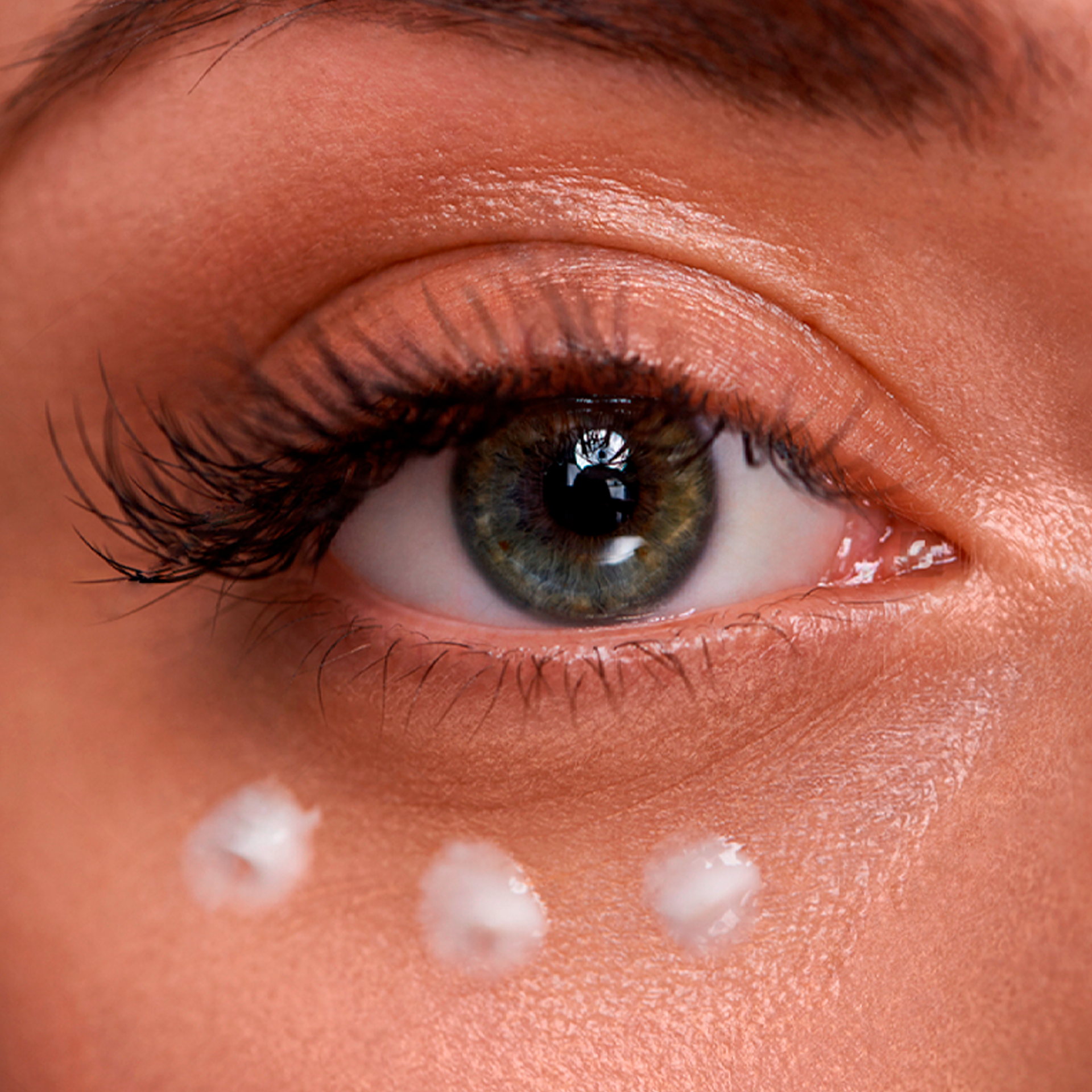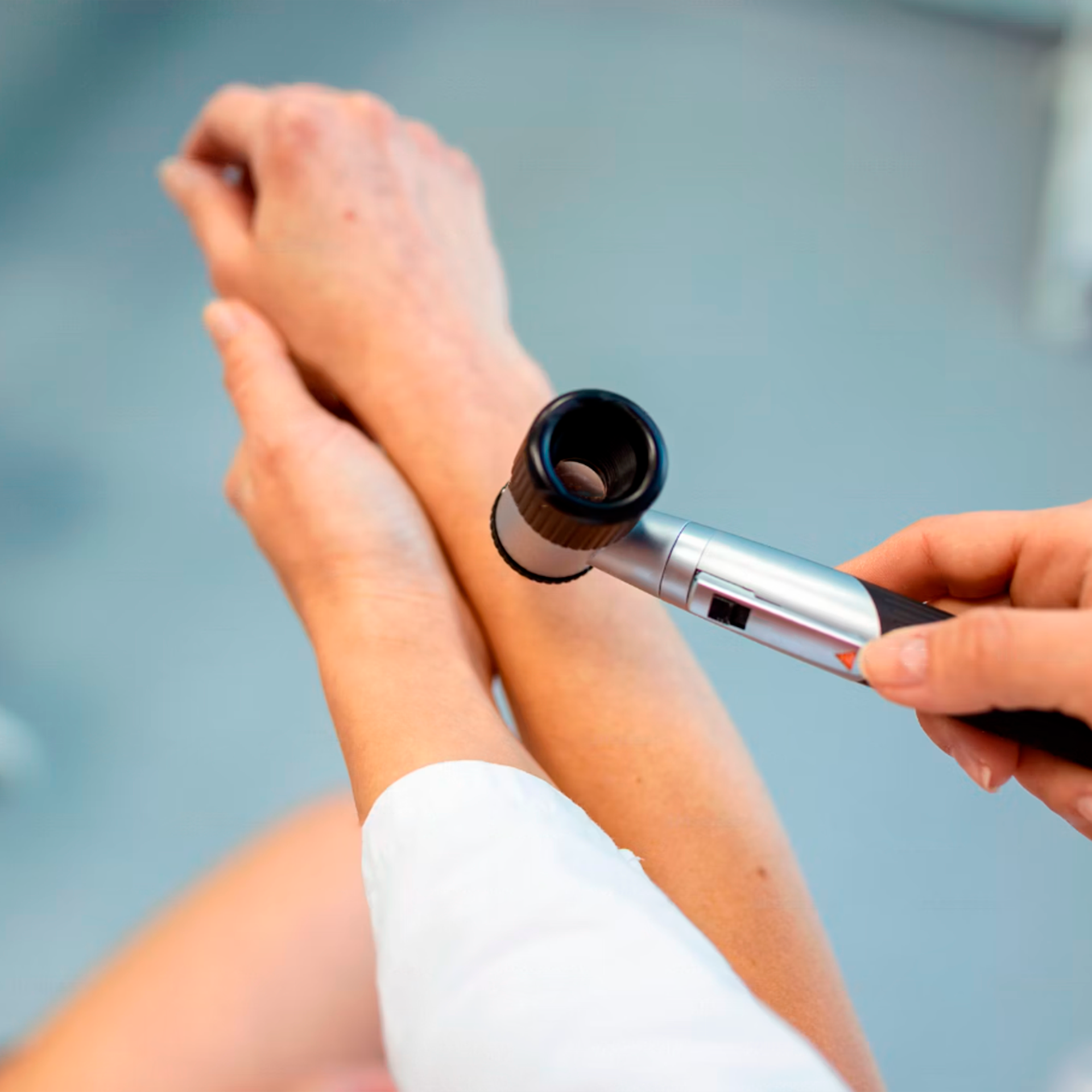Indoor heating can wreak havoc on your skin, leaving it dry and sensitive. Discover essential tips to prepare your skin for the colder months and combat the effects of indoor heating.
Table of Contents
- Why Indoor Heating Affects Your Skin
- Common Skin Issues Caused by Indoor Heating
- Steps to Protect and Prepare Your Skin
- Key Ingredients to Combat Dryness and Sensitivity
- Conclusion
- Sources
Why Indoor Heating Affects Your Skin
Indoor heating reduces humidity levels, creating an environment that strips moisture from your skin. The constant shift between heated indoors and chilly outdoor air further disrupts your skin’s natural barrier, leading to dryness, irritation, and increased sensitivity.
Common Skin Issues Caused by Indoor Heating
Prolonged exposure to indoor heating can result in:
- Dehydration and flakiness.
- Tightness or itchiness.
- Increased sensitivity or redness.
- Dull and uneven skin tone.
Effective Skincare Tips to Combat Breakouts
a) Upgrade Your Moisturiser
Switch to richer, more emollient moisturisers during colder months. Look for ingredients like ceramides, shea butter, or squalane to lock in hydration.
b) Add a Humidifier
Using a humidifier helps maintain optimal moisture levels in the air, counteracting the dryness caused by heating systems.
c) Stay Hydrated
Drink plenty of water and include hydrating foods in your diet, such as cucumbers and oranges, to support your skin from within.
d) Use Gentle Cleansers
Avoid harsh, foaming cleansers that can strip your skin of natural oils. Opt for creamy or oil-based cleansers that cleanse while nourishing.
e) Layer Hydration
Incorporate hydrating serums with hyaluronic acid or glycerin before applying your moisturiser to lock in extra moisture.
f) Protect Your Skin Barrier
Support your skin’s barrier by using products enriched with niacinamide, which soothes irritation and strengthens the skin against environmental aggressors.
g) Avoid Hot Showers
Hot water can further dehydrate your skin. Stick to lukewarm water when washing your face or showering, and follow up with moisturiser immediately after.
Key Ingredients to Combat Dryness and Sensitivity
a) Hyaluronic Acid
Draws moisture into the skin, helping it stay hydrated even in low-humidity environments.
b) Ceramides
Restore and protect the skin’s natural barrier, preventing moisture loss.
c) Panthenol (Pro-Vitamin B5)
Soothes and repairs dry, irritated skin.
d) Squalane
A lightweight oil that mimics skin’s natural sebum, providing deep hydration without clogging pores.
e) Oat Extract
Calms redness and irritation, making it ideal for sensitive or dry skin.
Conclusion
Preparing your skin for indoor heating is essential to maintaining its health and radiance during colder months. By adopting a hydrating, barrier-focused skincare routine and making small environmental adjustments, you can protect your skin from dryness and irritation. For professional-grade solutions to winter skincare challenges, explore md:ceuticals’ range of hydrating and restorative products designed to nourish your skin through every season.
Sources
- md:ceuticals. (n.d.). Official website. Retrieved July 28, 2025, from https://www.mdceuticals.com/en/
- Healthline. (2023). How to protect your skin from indoor heating during winter. Retrieved from https://www.healthline.com/health/beauty-skin-care/dry-skin-winter
- American Academy of Dermatology. (n.d.). Dry skin: Tips for relief. Retrieved July 28, 2025, from https://www.aad.org/public/everyday-care/skin-care-secrets/dry/relieve-dry-skin
- Allure. (2022). How to prevent dry skin from indoor heating. Retrieved from https://www.allure.com/story/how-to-prevent-dry-skin-from-indoor-heating
- Draelos, Z. D. (2008). Active agents in common skin care products. Plastic and Reconstructive Surgery, 121(5S), 15S–21S. Retrieved from https://journals.lww.com/plasreconsurg/Fulltext/2008/05001/Active_Agents_in_Common_Skin_Care_Products.5.aspx















































































